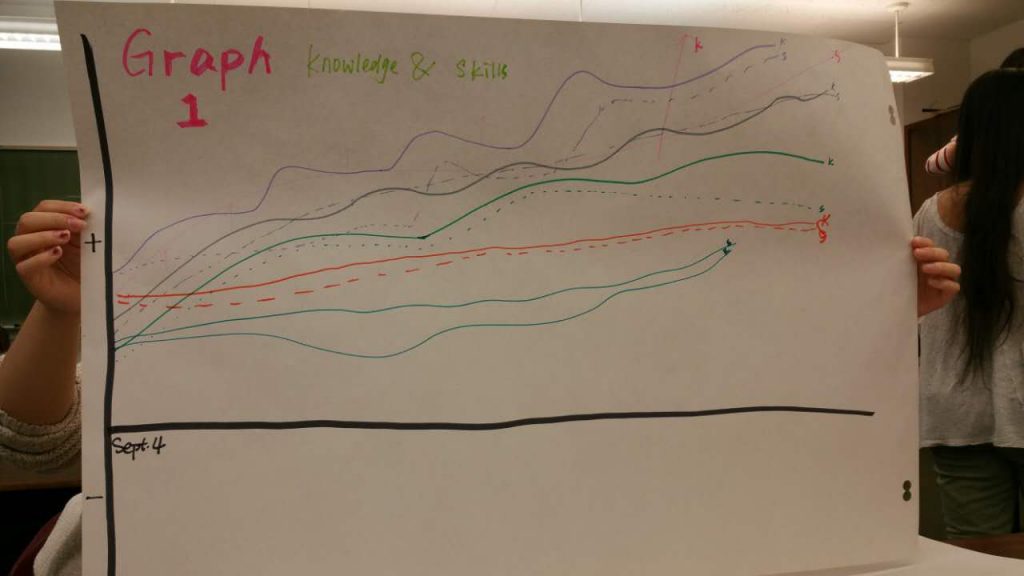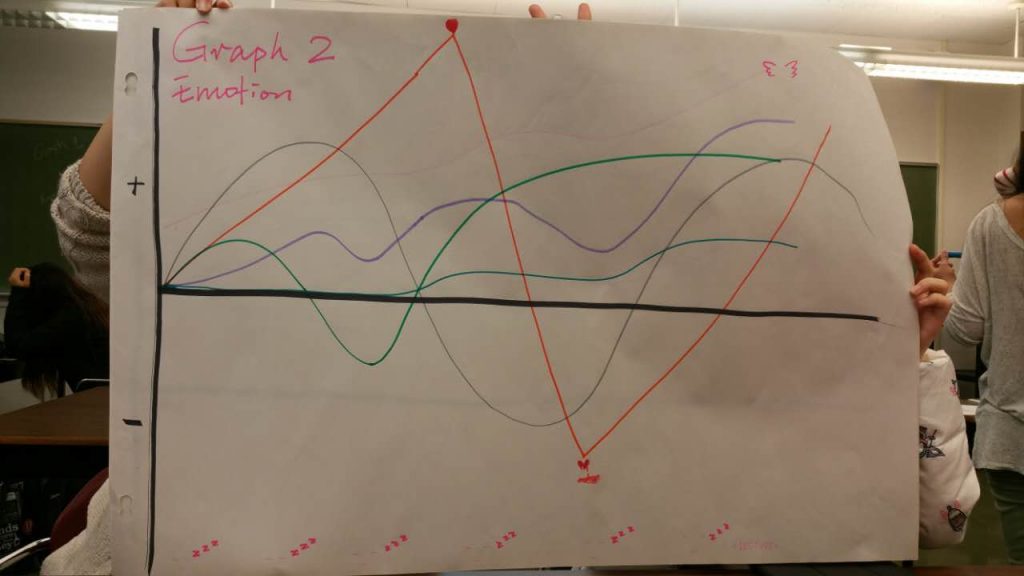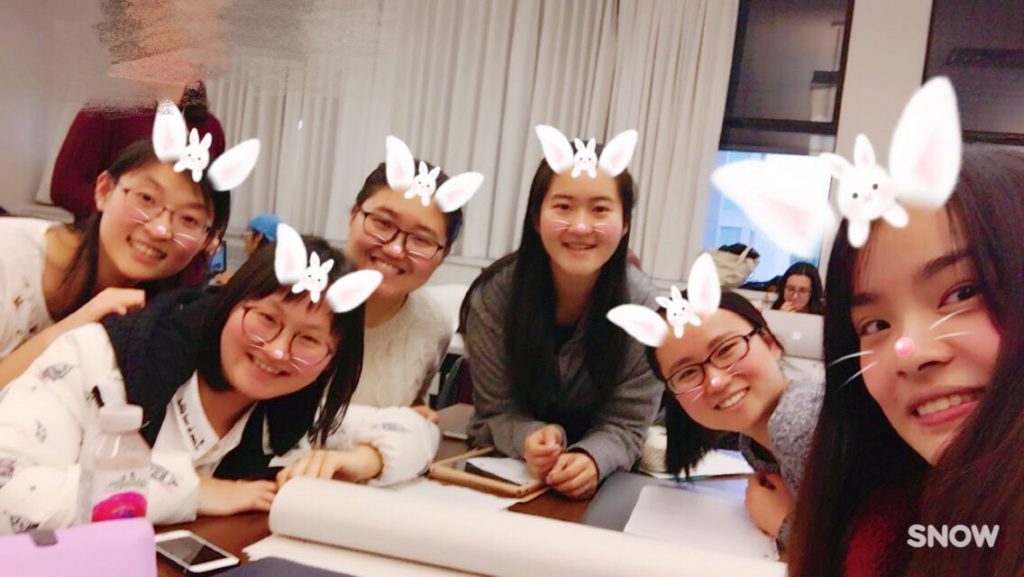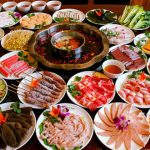Weekly objectives and achievements:
Week 7:
- Objectives:
- Send out the second round of email to community partners to make sure if there is any additional information they would like to add onto the food asset map.
- Contact the Grandview-woodland community partner Ian Marcuse and set up a date for the first trial of food asset map.
- Achievements:
- We had sent out the second round of email to community partners and we had received 6 feedbacks out of 13 emails and 3 has included updates to the information.
- By sending a couple of emails to Ian, we had set up a time with him to attend the Bulky Food Group event held by the Grandview-woodland community on October 28th to conduct the first map trialing with the participants.
- We had printed out the consent form and feedback form in preparation to the first map trailing, and the whole group had practiced the interview dialogue given by Teya and had familiarized ourselves with the Vancouver Food Asset Map to make sure everything went well while trailing the map with community members.
Week 8:
- Objectives:
- Attend the Bulky Food Group event held by the Grandview-woodland community on October 28th.
- Evaluate and analyze the feedback we collect from community members.
- Find out any questions we happen to have while trailing the map with community members and correct those mistakes by emailing Teya and Ian for help to get well prepared for the second trial.
- Achievements:
- Two of our group members had attended the Bulky Food Group event on October 28th. Although there were only 6 people participating the event, our group members had trailed the map with 4 of them and 3 out of those 4 participants had filled out the feedback form.
- After the event, our group members had a brief talk with our community partner Ian and had learned plenty of first-hand information about the history and background of Grandview-woodland community.
- During our weekly meeting, the whole group had come together and evaluated the feedback from community members. The two group members who attended the Bulky Food Group event had reported to the group about the questions they had while trailing the map and the whole group had discussed that and sent an email to Teya for questions that had not been solved by the group.
Week 9:
- Objectives:
- Contact the community partner Ian to set up a date for the second map trailing.
- Create graphs that indicate the relationship between time and the development of knowledge and skills, and the relationship between time and emotions during the tutorial session.
- Achievements:
- By emailing Ian, we had decided to attend another Bulky Food Group event that is going to be held on November 9th to conduct our second map trailing.
- During the tutorial session, the whole group had reflected on the knowledge and skills they had gained since the first week of class, and had recalled all the emotional experiences they had with the class to create the two graphs.
Reflect on Moments of Significant Change Workshop:
What?
In this week’s tutorial session, our TA Francisco led us through a very helpful workshop called Moment of Significant Change. In this workshop, our group reflected the progress of our project, identified the moments of significant change and acknowledged their impacts on our knowledge/skills development as well as our emotion/motivation. Here are the two graphs we created in the workshop representing our knowledge/skill development and our emotion trend during our project time.
Figure 1 knowledge and skill development
Graph 1 shows the knowledge and skills developments by joining this course. It is obvious that the general trend is increasing, but there is a little bit fluctuation during the whole process. Our group members said that every time doing the assignment and course quiz is a good chance to learn and reinforce the knowledge we got from the class. However, after the completion of each assignment, the relaxation attitudes can be shown through the retrograde part of the graph. This explains why most of the curves drawn have a bit up and down. In general, we have to say, the whole learning process helps us obtain the skills and knowledge.

Figure 2 emotion trend
Graph 2 gives the general idea about the changes in our group members’ emotions during the learning process. This graph fluctuates a lot, which indicates that the process of doing the project is filled with negative and positive spirits. The portion below the horizontal axis shows the hard time we experience when we had to deal with many papers, and we did not get any feedback from our community partners (uncertainty, or doubt in our project). In contrast, the part above the horizontal axis means the optimistic attitude, which represents the moment we got ideal grades for our assignments or positive feedback from the community partners (resolution of uncertainty). Thus, the cycle of “uncertainty + resolution” occurred in our project significantly impacted our emotion and motivation.

So what?
The Moments of Significant Change (MSC) is an practical and useful technique to monitor and evaluate project progress (LFS350 Session 9 notes). Not as traditional evaluation tools which depend on indicators, MSC emphasizes collection of significant change (SC) stories to analyze the project progress for individuals as well as for the whole group (Dart, 2003). This MSC workshop gave our group members an opportunity to share stories and feelings with each other, thus build up a even stronger team bonding. MSC also helped us identified the key events that impact our learning and project progress. By doing so, we could better plan our future project strategies.
As mentioned above, one important lesson we have learned from our previous experience is to welcome “uncertainty”. The periods of “down time” (when we were uncertain about what we were doing or how the project would be) were frustrating (as shown in our emotion trend graph). However, our group members all agreed that it was actually those times that drove us to study harder or actively seek for help, which led to a boost of our knowledge and skills. This reflected the statement “without a certain amount of anxiety and risk, there’s a limit to how much learning occurs”, as mentioned by Shulman (2005, cited by LFS350 Session 9). As our project unfold, we are getting more confident in dealing with uncertainty, which we will face not only in this project but also in our future career.
Now what?
In the final month of our project, our group would like to continuously use the MSC technique to monitor our progress. The “what, so what, now what” format introduced by LFS350 course is very useful in reflecting the moment of significant change (Rolfe, 2001). We have attached an example of our reflect on Moment of Significant Change below.
Since we have recognized the power of uncertainty in facilitating our study, we will definitely face the uncertainty more bravely. Creative thinking and active communication may be two ways that can help us overcome the uncertainty, as mentioned by Tim Harford’s Ted Talk (2016, cited by LFS350 Session 4). We will discuss our plan in detail later.
Moment of significant change:
What?
The moment of significant change in our group must be the period we experience when we try to contact the community partners through emails. During week 6, two of our group members started to email community partners on the contacting list. The purpose of emailing was just to make sure the information on the current food asset map is correct and accurate. We thought we would receive feedback soon, but the results just disappointed us a lot. We waited for around one week, and the total emails we got was no more than 5, and the partners we contacted were at least 20.
So what?
The resulting low response rate from those community service groups who provide kitchen program may because the information we provide is not enough for them to understand what we are except to gain from them. In addition, the existing food access map is not quite useful for the money depending condition of food access. It may require higher level technology tool to fully operate the food map.
Now what?
Our group members are meeting regularly to discuss the solutions based on what we learn in lecture and the research we have done to solve the current problems we face that are mentioned above and the possible things could be added to the existing food map. Moreover, we are trying to improve the practicality of the existing food map. As the result, we are hoping to increase the feedback rate from those kitchen programs of community service team.

Strategies for successful project completion (the Graceful Dismount):
- Timely communication with community partners
- By communicating with community partners, we can mostly get information related to our project from various organizations and community partners. Moreover, communication is a powerful tool to establish a closer relationship between us, students or researcher, and community partners, which is able to successfully promote project process and additionally provide the convenience for the following UBC students to do the projects in this community.
- Accurately track and record the information
- We should clearly understand the purpose of our project as well as the responsibility we should undertake. Our project is aiming at evaluating and testing out the food asset map in order to enhance the accessibility and utilization aspects of food security in Vancouver, with a specific focus on Grandview-Woodland neighbourhood. Consequently, information tracking and recording are so crucial that cannot have any mistakes. Therefore, when we doing the project, we need to fully pay our attention to accurately take the notes, to try our best to contribute to local food security.
- Benefit of significant change
- As we discussed during the tutorial session, our skills and knowledge have increased to some extent compared to the beginning of this term. According to this, we are more capable of handling various difficulties and challenges when processing the project.
- Proper and fair work separation
- From the beginning of this term, we always split our work equally, in order to ensure that everybody is treated fairly thus everyone would like to contribute to the project more. Besides, when we divided the work, we also consider individual’s strength for best accomplishment of the project. Therefore, the efficiency can be achieved to the most.
References
- Session 9 – Approaches to Inquiry Managing Scope Change. Retrieved November 6, 2016, from http://lfs350.landfood.ubc.ca/session-notes/term-1-session-notes/session-11/
- Dart, J. (2003). A Dialogical, Story-Based Evaluation Tool: The Most Significant Change Technique. The American Journal of Evaluation, 24(2), 137-155. doi:10.1016/s1098-2140(03)00024-9
-
Rolfe, G., Freshwater, D., Jasper, M. (2001) Critical reflection in nursing and the helping professions: a user’s guide. Basingstoke: Palgrave Macmillan.
- Shulman, L. S. (2005). Pedagogies of uncertainty. Liberal Education, 91(2), 18–25.
- Tim Harford – How messy problems can inspire creativity|| Ted Talks 2016.


